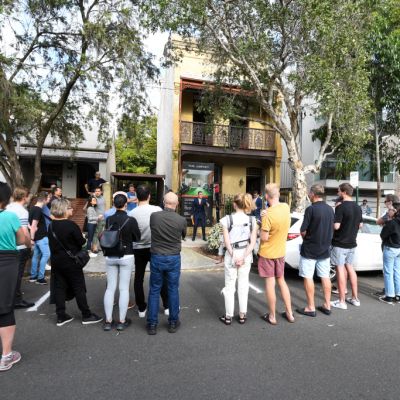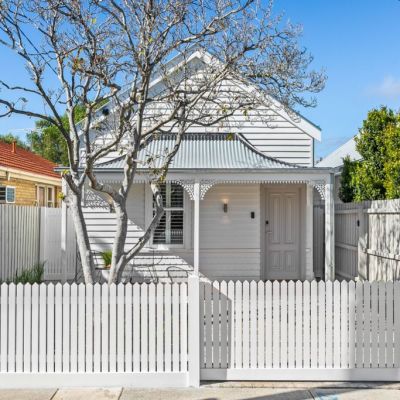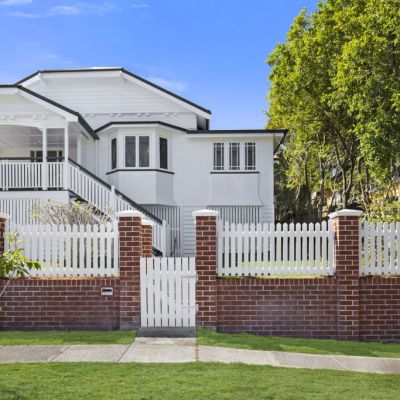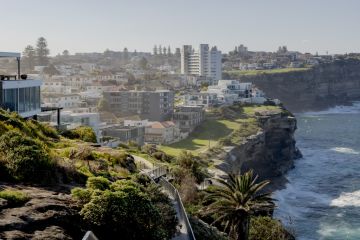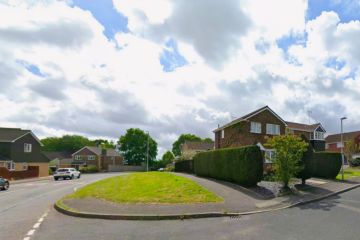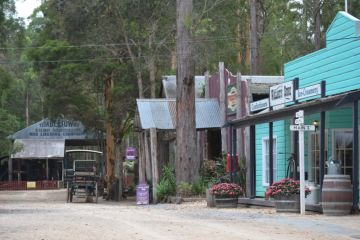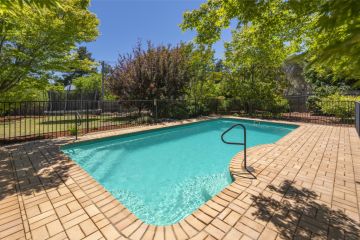The 114 suburbs where investors can purchase on a first-home buyer budget
New analysis has found 114 suburbs across the country where buyers can invest in property below a capital city’s entry-level price and still earn a rental yield of at least 5 per cent.
A data crunch by Domain found that the majority of suburbs are located in Perth (entry-level price $505,000) and Brisbane ($635,000), with a handful of postcodes in Melbourne ($678,000), Adelaide ($595,000), and Hobart ($530,000).
Domain’s First-Home Buyer Report recently revealed the entry-level prices based on the 25th percentile of the market. The analysis captured suburbs nationwide that fell below this price range but still had a gross rental yield of 5 per cent or more.
In Brisbane, there are 25 suburbs with affordable house prices and a high rental return, while there are 47 in Perth.
A rental yield is the level of rental return you can expect from an investment property. Traditionally, anything above 5 per cent is considered a decent rental yield, says AMP chief economist Shane Oliver.
“About 40 odd years ago, gross rental yields were typically around 5 to 8 per cent, some cases around 10 per cent,” he says. “But that was a world of much higher interest rates.”
“A 5 per cent yield today is not a bad outcome. It’s still below what most investors will be paying in terms of mortgage but you’d certainly prefer to have a 5 per cent yield than a 3 per cent rental yield which is what you’d get in parts of Sydney and Melbourne. Generally speaking, the higher the better.”
In Western Australia, suburbs such as Perth, East Perth, and Midland all have median house prices of less than $500,000 and median gross rental yields of more than 6 per cent. In Perth, house prices are $465,500, and the rental yield is 7.17 per cent – the highest of all suburbs in the city.
Several Greater Brisbane suburbs – including Logan Central, East Ipswich, and Collingwood Park – featured on the list. House prices there are less than $500,000, and returns are more than 5 per cent.
“Western Australia has become quite a hotspot for investors as it offers affordability, but it’s got an extraordinarily tight rental market at 0.3 per cent – the tightest capital city market,” says Domain’s chief of research and economics, Dr Nicola Powell.
“Likewise in Brisbane, there are a lot more suburbs and houses that are affordable and have a better yield and the prices in Brisbane have changed a lot in terms of price growth. It’s much more affordable than Sydney so there’ll be a number of pockets that offer affordability for investors.”
But there’s more to investing than the rental return. Craig Hogg of The Edge Property Buyers says that although Brisbane suburbs bring in high returns, “yield isn’t everything” for many investors.
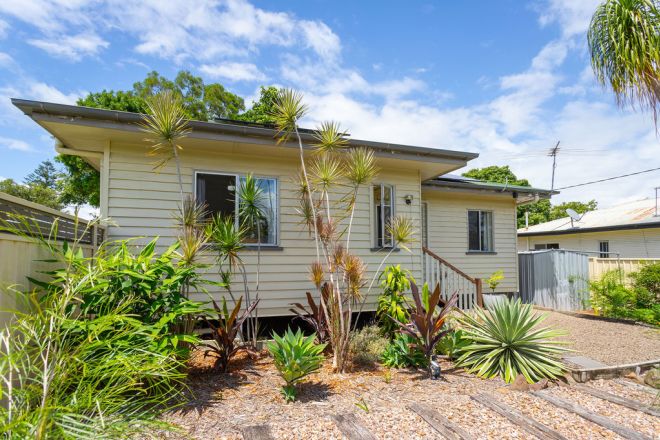
“Suburbs like Logan Central have had steady growth over the years and it does have a high volume of renters, but I’m finding a lot of renters are looking towards the Moreton Bay local government area where there’s a slightly higher price point,” he says.
“There’s a balance to investing – if rental yields get too high, the capital growth slows down as a general rule – so you have to find a balance between yield and capital growth.”
The analysis found that Greater Brisbane suburbs, including Eastern Heights, recorded a median house price of $550,000, up 22 per cent over the year, with a rental yield of 5.08 per cent. In Armadale, Perth, house prices were $365,000, up 19.7 per cent year-on-year, with a rental yield of 6.71 per cent.
Oliver suspects other investors are looking to build their property portfolio in smaller cities.
“There are investors still coming into the property market, some investors are having to sell but more investors may be searching for high-yield properties, potentially shifting their focus towards the smaller cities or regional areas where rental yields are higher,” he says.
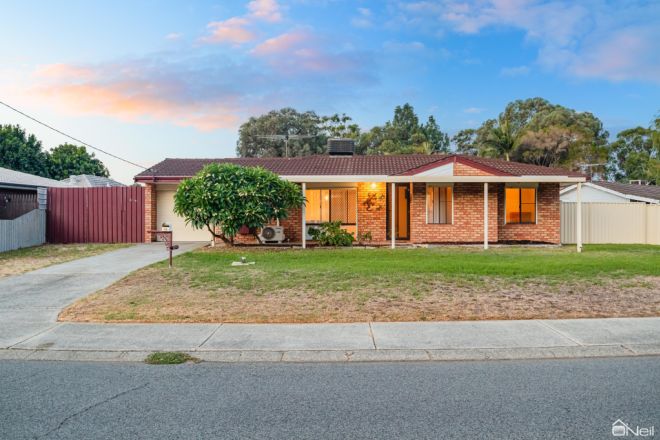
Powell adds that those looking to enter the investor market faster might see more value in high-yield areas.
“If you’re investing for the first time or wanting to rentvest (where you rent in the area you want and invest in an affordable property), you won’t be looking to invest in very high-priced markets like Sydney, Melbourne and Canberra,” she says.
“Instead, you’ll most likely be looking for those affordable pockets that offer a better yield to get some skin in the game and a foot in the door. Affordability is one of the reasons there’s been a rise in investing.
“Some of these capital cities have very tight rental markets and rental demand is very high compared to the level of supply. What that’s done is accelerated rental growth and improved rental yields.”
In Adelaide, for instance, Davoren Park recorded one of the highest rental returns of 6.1 per cent. The suburb has a median house price of $365,000, recording price growth of 18.3 per cent over the year and 92.1 per cent in five years.
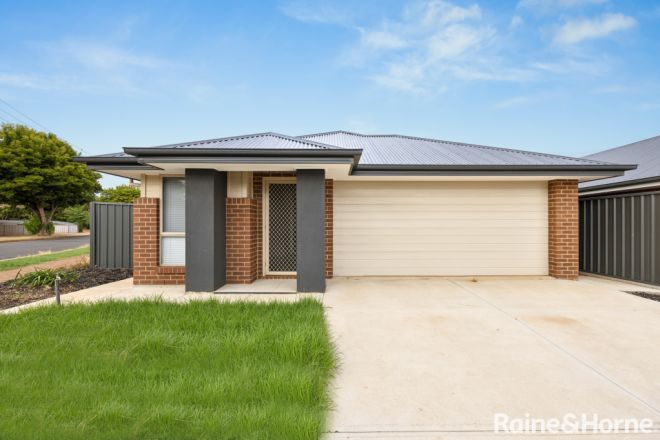
Joshua Meli of CH Secure, an affordable property investment firm, says areas that offer a certain lifestyle are often hotspots for investors, including Adelaide.
“We’re looking at suburbs with a good lifestyle that is affordable and in employment-driven locations with a population of more than 100,000 and at the moment, everything from Rockhampton (QLD) to Bunbury (WA) and Adelaide (SA) are great spots to purchase an investment,” he says.
“Vacancy rates are so tight right now and in some areas, there’d be 30 offers from a sale side but also 30 rental applications … it’s a very unique market we’re in but there is a big push towards the Central Queensland and Adelaide markets from investors.”
But for those wanting to put their funds in major capital markets like Melbourne, Carlton – less than three kilometres from the CBD – has a rental yield of 6.21 per cent and a median unit price of $345,000.
Kristy Caskey of The Property Bureau says Carlton’s proximity to the University of Melbourne has long made the suburb an investor hotspot.
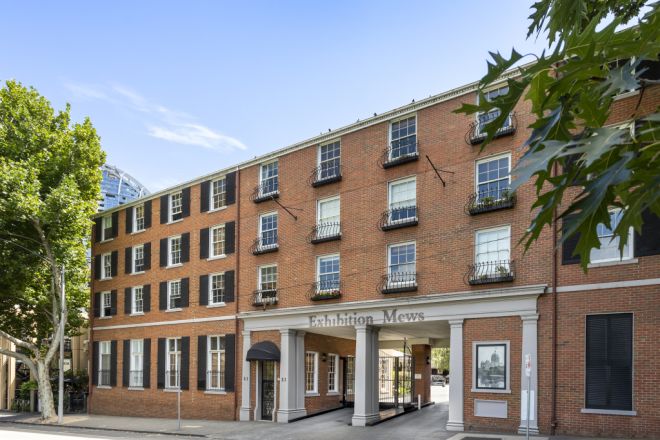
“There are a lot of small one-bedroom units – very basic student accommodation-type of units – and that’s saturated by university students renting it out,” she says.
“But every investor is different and their strategies are different. A long-term seasoned investor may have a long-term approach while a new investor would focus on yield and capital growth.”
Last year, many investors offloaded their rental properties, but Meli says 2024 opened up with heightened interest from investors.
“We had heaps of inquiries over the break from investors looking at entering the market,” he says. Now, we have investors looking at other avenues to build their portfolio, so I think anytime is a good time to enter the investment market, but buyers just need to do their research.”
Australian Bureau of Statistics data showed that while the value of new housing lending trended downwards in January (3.9 per cent), it was still stronger than in the same period last year (8.5 per cent). According to internal CBA lending data, investors drove that growth.
Lending growth to investors was up 18.5 per cent, compared to first-home buyers at 13.2 per cent and owner-occupiers at 3.4 per cent.
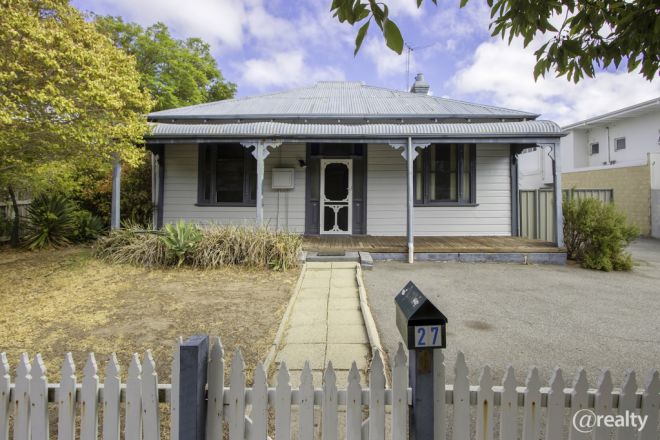
“Strong growth in rents and prospects for capital growth as home prices continued to rise are likely to have attracted investors into the market,” the CBA report read. Looking at the state-by-state breakdown reinforces the close ties [between] investor lending and home prices.
“The top three states for investor lending over the past year has been WA (up 63.1 per cent), SA (up 41.7 per cent) and Qld (up 22.6 per cent) and these three states have also recorded robust home price growth over the same period.”
Deploying capital into investment properties currently differs among investors, but the prospect of rate cuts later this year could be seen as positive news for the market, according to Powell.
“When observing the broader property landscape, we’re observing a tightly held rental market alongside high mortgage holding costs. However, we’ve also witnessed improvements in gross rental yields which is good for investors,” she says.
“Looking ahead to potential market dynamics, there’s the possibility of rate cuts later this year. The reaction could lead to improved consumer sentiment, higher levels of housing turnover, and weighted market activity, driving accelerated price growth.
“Astute investors, those who anticipate and plan ahead, will likely recognise that potential of heightened activity and see the momentum building, especially in terms of price growth.”
We recommend
States
Capital Cities
Capital Cities - Rentals
Popular Areas
Allhomes
More
- © 2025, CoStar Group Inc.
